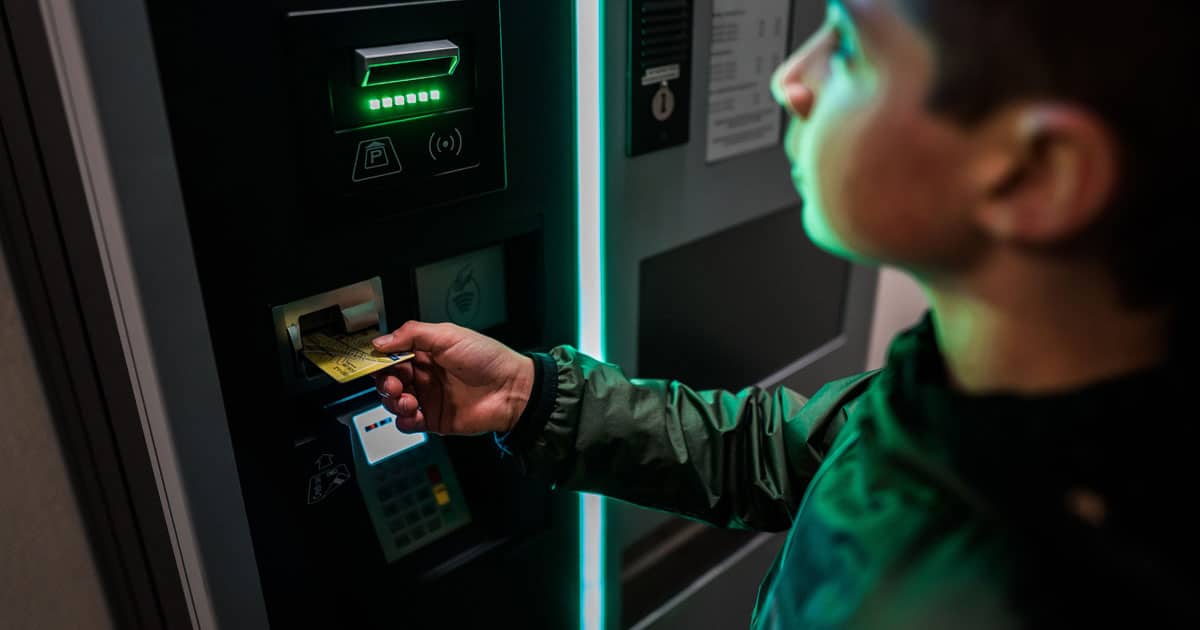The cost of opening a bank account is usually relatively low, but many other fees can add up quickly. This post discusses the various additional costs you may encounter when you open a free bank account online and help you avoid any surprises.

Overdraft fees.
Overdraft fees are a penalty for using your bank account when you don’t have enough money in the account to cover the transaction. In other words, overdraft fees are charged when you purchase or withdraw cash from an ATM without having enough funds to cover it.
It’s important to note that overdraft fees can be very high and quickly add up over time since they’re charged as one-time transactions every time someone overdraws their account.
Minimum balance fees & ATM fees.
While your account may be free to open, you may have to pay a monthly fee to keep a balance in the account. Check with your bank to determine their fee, as it varies from bank to bank.
If you need cash and need an ATM card with your current bank, there will usually be an additional fee for using another bank’s ATM. These fees can range from $1–5 per transaction, with some banks charging more than $10 for every withdrawal at non-network ATMs (those outside of the US).
If you plan on traveling abroad or need cash outside of the United States, check with your current bank about their international withdrawal fees before making any withdrawals.
Monthly fees, plus extra fees for special services or overdrafts.
Monthly fees are charged by some banks, such as those with smaller balance requirements, ranging from $5 to $50 per month.
Some banks charge extra for special services, like overdraft protection or check-writing privileges. If you use these services regularly and expect them to incur monthly charges, be sure your bank is not charging more than it’s worth in exchange for the service.
Fees for foreign transactions and currency conversion.
The fees for foreign transactions and currency conversion like United States dollars to Mexican Pesos vary from bank to bank. Some banks may charge a flat fee, while others charge a percentage of the transaction. The fees are usually higher for international transactions than they are within the same currency.
Some banks, such as Charles Schwab Bank, don’t charge additional fees on top of their service charges if you’re using an ATM or debit card outside of the United States (and Canada). Other banks assess a flat rate when you use your debit card or ATM card internationally or domestically, in addition to any other service fee that might be associated with the transaction. As per SoFi experts, “You can direct deposit into your checking or savings account and still take advantage of the 3.75% APY.”
So, there you have it. All the costs of opening a bank account, and some that might surprise you. It’s essential to understand these fees before choosing where to open an account because some banks don’t charge them at all!
